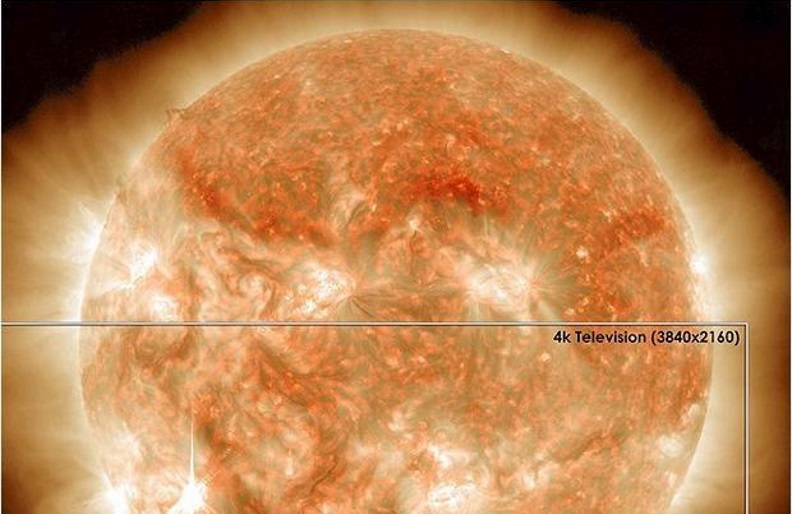The world’s fastest camera has been developed. Called the T-CUP the camera operates by ‘freezing time’ at 10 trillion frames per second.
This new camera is said to be so fast it can freeze time to see any phenomena, even light. This is achieved because the camera operates in extremely slow motion. The camera has been built by technologists at Institut national de la recherche scientifique – INRS.
The development of the camera has been described in two journal articles. The first is in Light: Science & Applications (“Single-shot real-time femtosecond imaging of temporal focusing“). This article discusses the ability of T-CUP to capture ten trillion (10 to the power of 13) frames per second. This is a result of the narrowing of the junction between innovations in non-linear optics and imaging. The second article is published in Optica (“Single-shot ultrafast optical imaging“), which discusses the technology behind single-shot ultrafast optical imaging.
The new camera builds upon compressed ultrafast photography, which works at 100 billion frames per second. This method was integrated with femtosecond lasers. The T-CUP system was developed as a femtosecond streak camera that incorporates a data acquisition type of technology widely used in applications like tomography.
According to lead researcher Professor Lihong Wang: “We added another camera that acquires a static image. Combined with the image acquired by the femtosecond streak camera, we can use what is called a Radon transformation to obtain high-quality images while recording ten trillion frames per second.”
The camera has been used to set the the world record for real-time imaging speed. In terms of practical applications, the camera can be used to assist with the development of a new generation of microscopes for use with biomedical or materials sciences.

